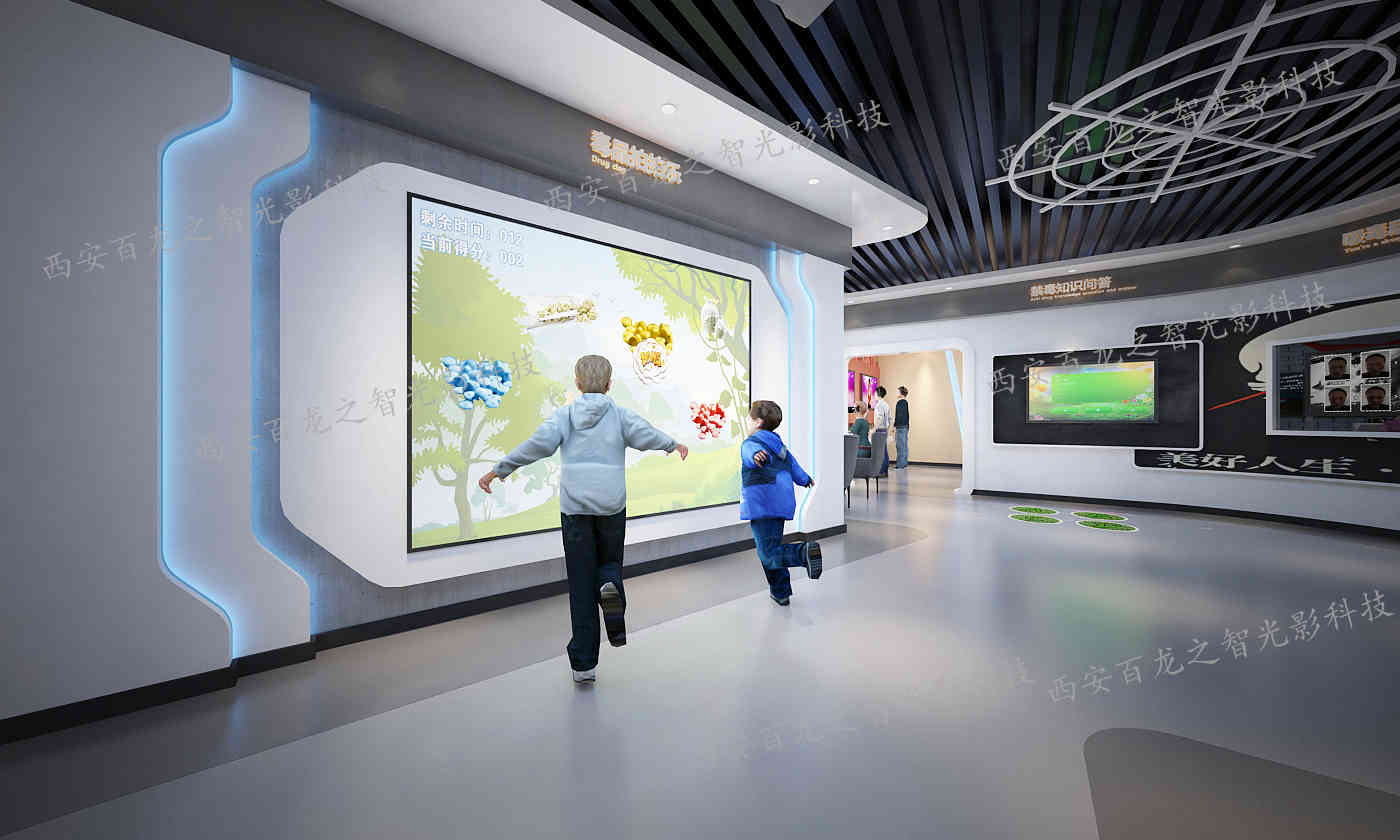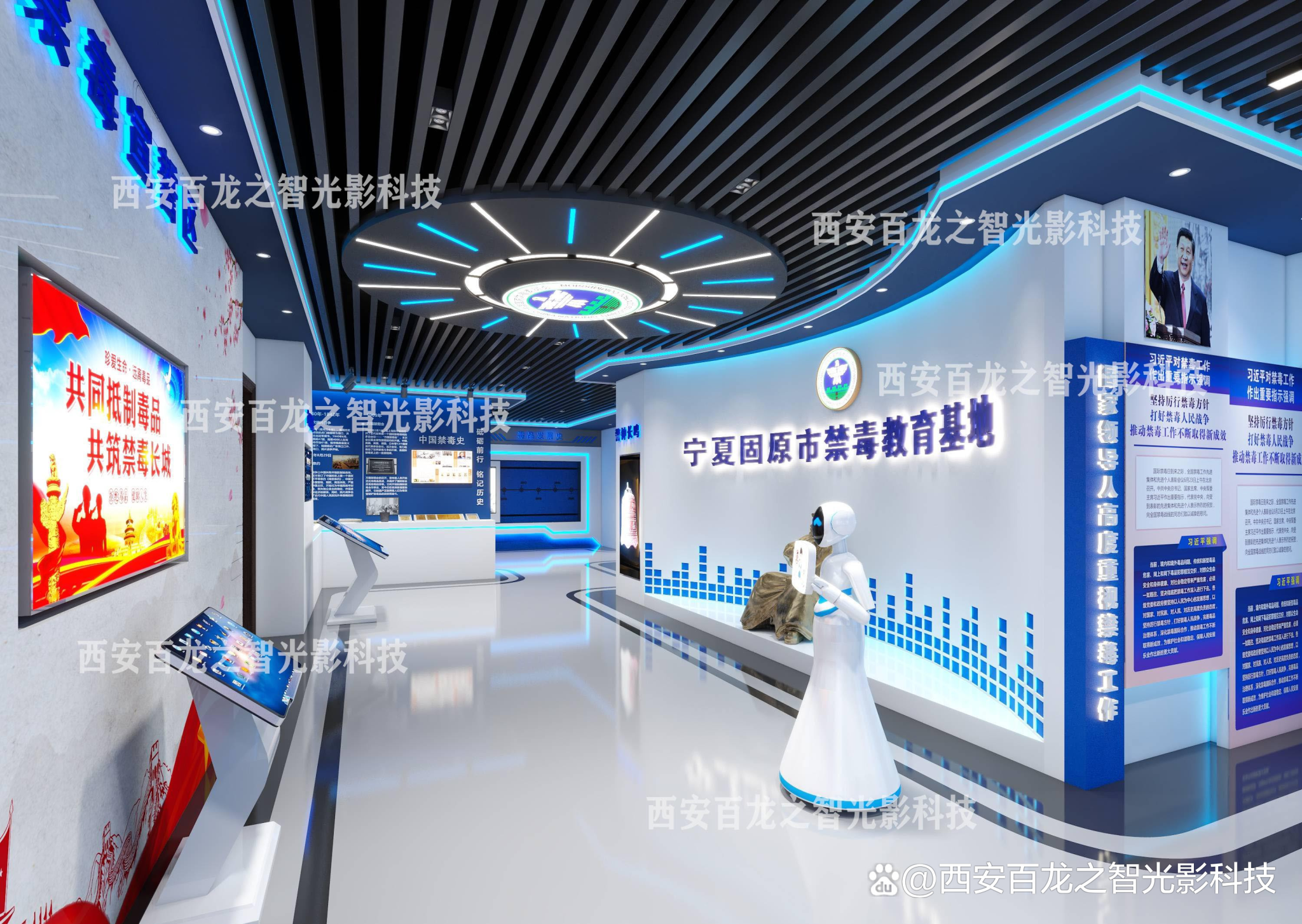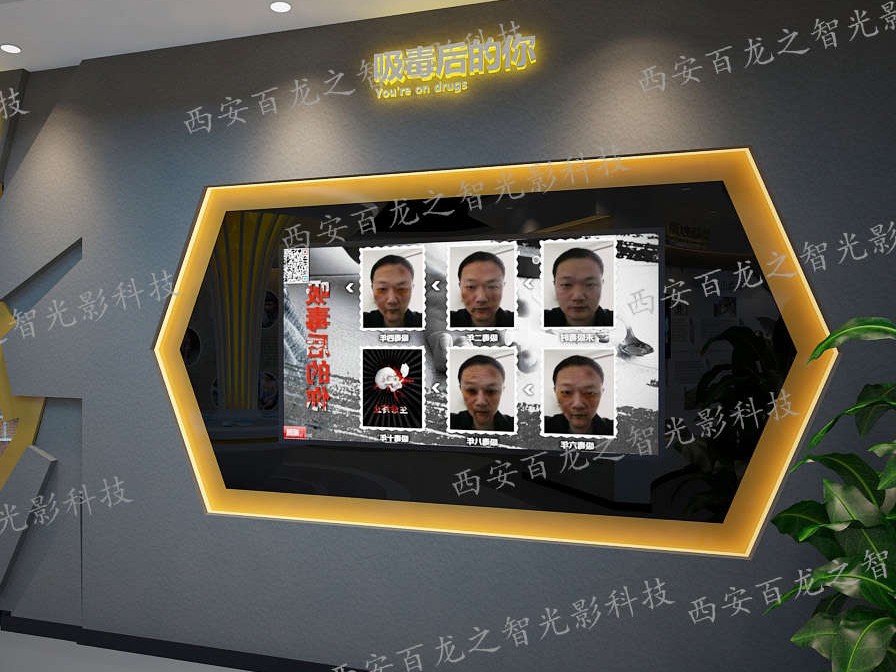Design and Construction of Exhibition Halls for Youth Drug Prevention Education Centers
These centers leverage multimedia interactive devices and innovative educational methods to help young people learn about drug prevention in a relaxed and enjoyable environment, fostering correct values and enhancing their awareness of drug resistance.
Youth have become the primary focus of drug prevention education. To effectively prevent youth from coming into contact with and abusing drugs, an increasing number of schools, communities, and government departments are establishing specialized youth drug prevention education centers. These centers leverage multimedia interactive devices and innovative educational methods to help young people learn about drug prevention in a relaxed and enjoyable environment, fostering correct values and enhancing their awareness of drug resistance. This article explores how to build a youth drug prevention education center that is both engaging and educational.
1. Creating Immersive Story Experiences
To better understand the dangers of drugs, immersive drug prevention education centers can be designed as "Immersive Story Experience Halls." Within these halls, youth can engage in role-playing and scenario simulations to personally experience the impact of drugs on individuals, families, and society. For example, a section called "Path of Choice" allows youth to select different roles (such as students, athletes, musicians, etc.) and then enter different storylines based on their choices, experiencing various life trajectories. If they choose the path of drug use, they will gradually feel changes in their lives and eventually see tragic outcomes; if they choose a healthy lifestyle, they will witness positive and uplifting futures 3.
Virtual Reality (VR) Experience: Using VR technology, youth can experience the physical and psychological effects of drug use firsthand. For instance, in the "World After Drug Use" scenario, participants wearing VR headsets find themselves in a distorted world where vision is blurred, hearing is impaired, and normal movement is difficult. This intense sensory impact profoundly reminds them of the dangers of drugs and motivates them to stay away from them.
Holographic Projection Theater: By utilizing holographic projection technology, a virtual theater can be created to showcase real stories of drug users. Youth can sit in the audience and watch the journey of a drug user from initial curiosity to eventual downfall. After each story, a "mentor" appears to interact with the youth, answering questions and providing scientific explanations and advice. This approach not only makes it easier for youth to absorb information but also evokes emotional resonance 7.
2. Interactive Game Zones: Learning Through Play
To maintain youth interest during the learning process, drug prevention education centers should set up multiple interactive game zones that integrate drug prevention knowledge into games, allowing youth to learn while having fun. Based on the "Quotation of Drug Exhibition Multimedia Equipment Channel Discount Price List," here are some recommended interactive games:
Drug Pop-Up Game: This is a simple and fun wall-based interactive game where various drug images appear randomly on the wall. Youth must quickly tap these images to "eliminate" them. Each successful hit triggers a short video explaining the dangers of the specific drug, helping youth gain a deeper understanding of its risks. The game is easy to understand, with clear rules, making it suitable for all age groups. Participants earn points based on their reaction speed and accuracy, adding a competitive and entertaining element. Additionally, the game offers a multiplayer mode, encouraging teamwork and collaboration among youth 3.
Drug Adventure: This is an AR (Augmented Reality)-based interactive game where youth use tablets or smartphones to scan specific markers, entering a virtual "Drug Adventure" world. In this world, they must complete a series of tasks, such as identifying drugs, helping drug users recover, and preventing drug transactions. Completing tasks earns points and rewards, ultimately turning them into "Drug Prevention Heroes." This gamified learning method not only teaches youth about drug prevention but also fosters a sense of achievement and responsibility.
Drug-themed Script Killing (Murder Mystery): Script killing has become a popular entertainment form among youth. Drug prevention education centers can introduce "Drug-themed Script Killing," designing plots related to drug prevention. Youth can participate in role-playing scenarios, such as solving complex drug-related cases in a fictional city. In the process, they not only learn about drug prevention but also develop logical thinking and teamwork skills.
3. Creative Display Areas: A Fusion of Art and Technology
In addition to interactive games, drug prevention education centers can set up creative display areas that combine art and technology, allowing youth to appreciate beauty while subtly receiving drug prevention education.
Anti-drug Graffiti Wall: On one side of the exhibition hall, a large graffiti wall can be set up, inviting youth to express their thoughts and feelings about drug prevention through painting. The wall can feature pre-set themes like "Drug-Free Youth" and "Healthy Life," allowing youth to freely create and express their hopes for the future. This interactive art creation not only engages youth in drug prevention campaigns but also stimulates their creativity and imagination.
Interactive Light Corridor: Using light and sensor technology, an "Interactive Light Corridor" can be created. As youth walk through the corridor, the lights on the floor and walls change according to their movements, creating a dreamlike visual effect. At the same time, screens on either side of the corridor play short videos about real drug-related stories and cases. Youth can absorb drug prevention knowledge in a relaxed and enjoyable atmosphere.
Anti-drug Music Corner: A dedicated music corner can be set up to play songs and musical pieces related to drug prevention. Youth can listen to these works during breaks, feeling the positive energy they convey. The music corner can also host small concerts, inviting youth to participate in singing or playing instruments, using music to spread the message of drug prevention.
4. Online and Offline Integration: Learning Anytime, Anywhere
To expand the reach of drug prevention education, youth drug prevention education centers can adopt an online and offline integrated approach, providing more convenient learning options. Here are some innovative ways to achieve this:
Online Drug Prevention Education Platform: Develop a specialized online platform that gathers rich educational resources, including videos, animations, and text materials. Youth can access this platform via smartphones or computers to learn about drug prevention anytime, anywhere. The platform can also include features like online quizzes and interactive games to increase engagement. For example, the platform could launch a "Question of the Day" activity, releasing a daily question related to drug prevention. Correct answers earn points, which can be exchanged for small gifts or badges.
Virtual Tour System: For youth who cannot visit the center in person, the center can offer a virtual tour system. Using 3D modeling and VR technology, youth can virtually tour the center from home via computer or smartphone, as if they were there in real life. The virtual tour system can also include voice-guided tours, providing detailed explanations of each exhibit to ensure that youth receive a comprehensive educational experience even when they are not on-site.
Social Media Interaction: Utilize social media platforms to regularly post drug prevention-related short videos, images, and articles, attracting the attention of youth. For example, a "Drug Prevention Challenge" can be initiated, encouraging youth to film themselves participating in drug prevention activities and share the videos on social media. This not only expands the influence of drug prevention education

